The slowdown in consumer spending is beginning to impact on food retailing. The topline market growths for food, drink and non-foods in supermarkets in the four weeks to March 19 were a strong 5.6%. However, other than the hypermarket channel, still growing at around 9% and driven by Tesco, underlying growth in other formats continues to slow to less than 2.5%.
Tesco has hit a 30% share of total till in the last quarter and, since the acceleration of the express convenience format, has also increased four-weekly shopper penetration from 47% to more than 55% in less than two years.
For Sainsbury, six months into implementing the new recovery plan, market share has increased from 15.6% in October 2004 to 16.1%. The recent trading statement of 1.7% like-for-like sales (excluding petrol) since Christmas is on par with the 52-week benchmark for the grocery multiples of 1.8% [Scantrack Total Business Read].
Mike Watkins, manager of retailer services, says: “To achieve the £2.5bn extra sales by 2007/08, it’s important that core Sainsbury supermarkets now hold on to the shoppers they have won back. This is the biggest sales opportunity as spend per buyer is significantly higher in these stores than anything that can been achieved in the convenience stores.
“With Morrisons still having problems consolidating into a national fascia and single format, and Asda up against a strong performance in 2004, the next nine months may well be Sainsbury’s best opportunity for outperforming its peers on a like-for-like basis.”
Somerfield also competes with Sainsbury for mid-size basket spends from high street stores. The Safeway and Kwik Save conversions are in full flow. In the last few weeks, Somerfield has achieved its highest shopper penetration for four years at 18%, and once more has a market share of 3.9%, ahead of the equally fast-growing Waitrose at 3.7%.
The average spend per visit in Somerfield should soon break through the £15 threshold. The immediate casualty of the roll-out of Somerfield formats is Iceland, which continues to lose market share and penetration.
The investments made in price cuts by the top four may have maintained footfall and brought shoppers back in-store, but the next few months will be just as important as consumers begin to re-evaluate their retailer of choice.
Tesco has hit a 30% share of total till in the last quarter and, since the acceleration of the express convenience format, has also increased four-weekly shopper penetration from 47% to more than 55% in less than two years.
For Sainsbury, six months into implementing the new recovery plan, market share has increased from 15.6% in October 2004 to 16.1%. The recent trading statement of 1.7% like-for-like sales (excluding petrol) since Christmas is on par with the 52-week benchmark for the grocery multiples of 1.8% [Scantrack Total Business Read].
Mike Watkins, manager of retailer services, says: “To achieve the £2.5bn extra sales by 2007/08, it’s important that core Sainsbury supermarkets now hold on to the shoppers they have won back. This is the biggest sales opportunity as spend per buyer is significantly higher in these stores than anything that can been achieved in the convenience stores.
“With Morrisons still having problems consolidating into a national fascia and single format, and Asda up against a strong performance in 2004, the next nine months may well be Sainsbury’s best opportunity for outperforming its peers on a like-for-like basis.”
Somerfield also competes with Sainsbury for mid-size basket spends from high street stores. The Safeway and Kwik Save conversions are in full flow. In the last few weeks, Somerfield has achieved its highest shopper penetration for four years at 18%, and once more has a market share of 3.9%, ahead of the equally fast-growing Waitrose at 3.7%.
The average spend per visit in Somerfield should soon break through the £15 threshold. The immediate casualty of the roll-out of Somerfield formats is Iceland, which continues to lose market share and penetration.
The investments made in price cuts by the top four may have maintained footfall and brought shoppers back in-store, but the next few months will be just as important as consumers begin to re-evaluate their retailer of choice.








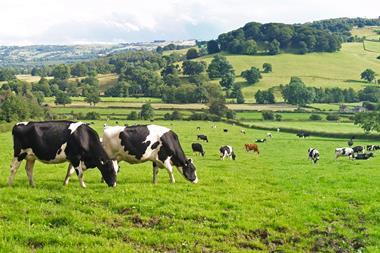
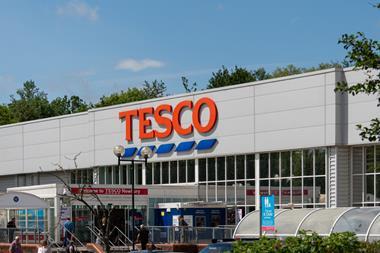

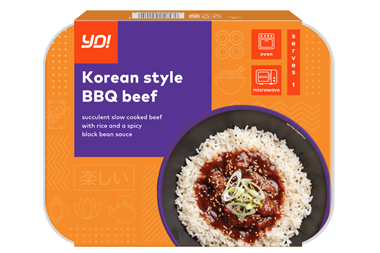
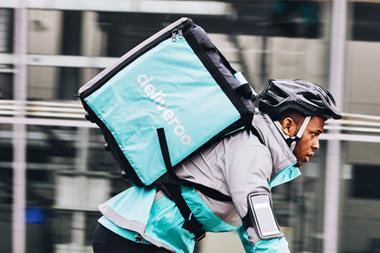
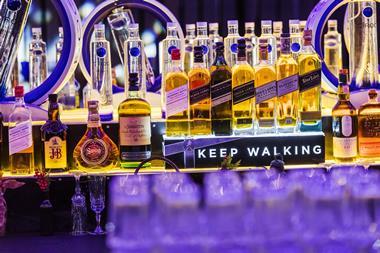
























No comments yet